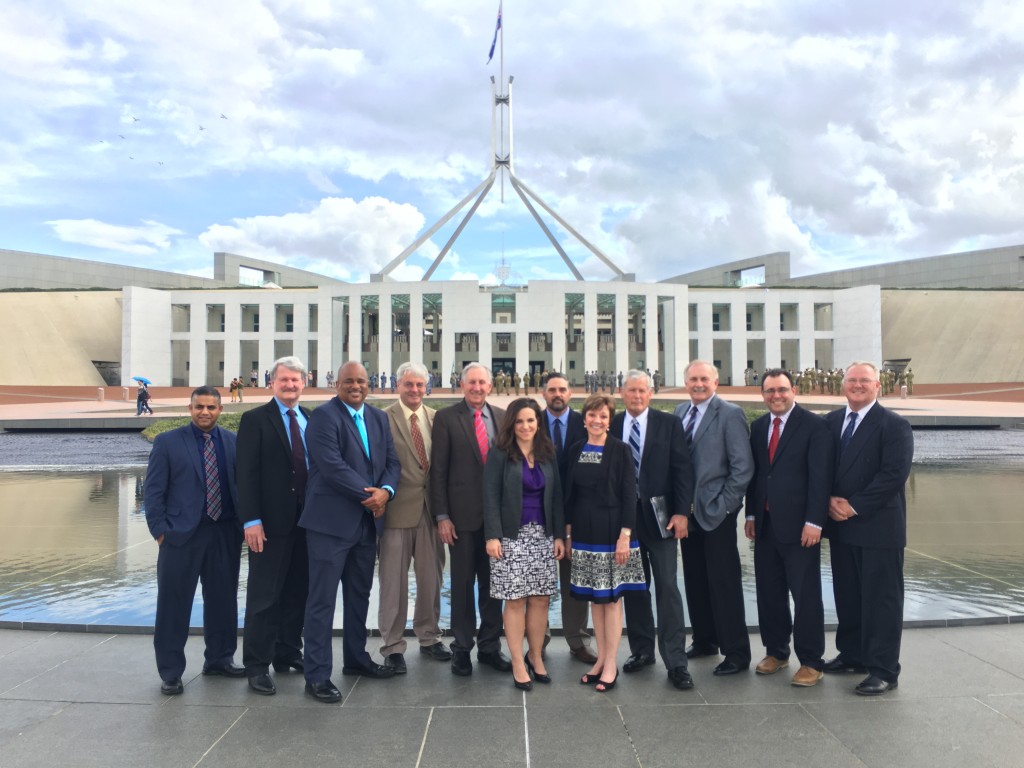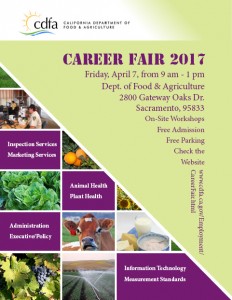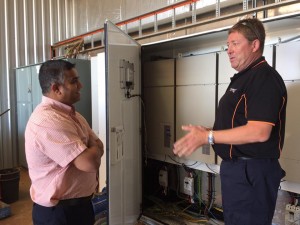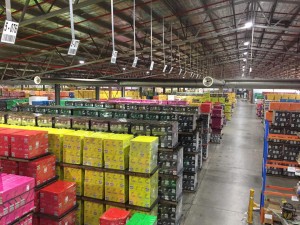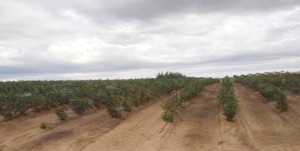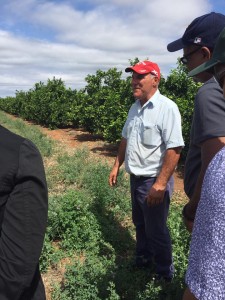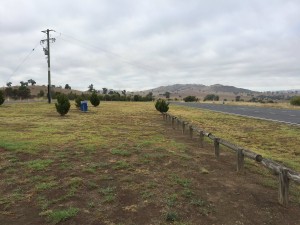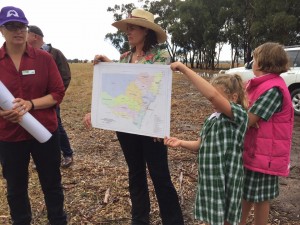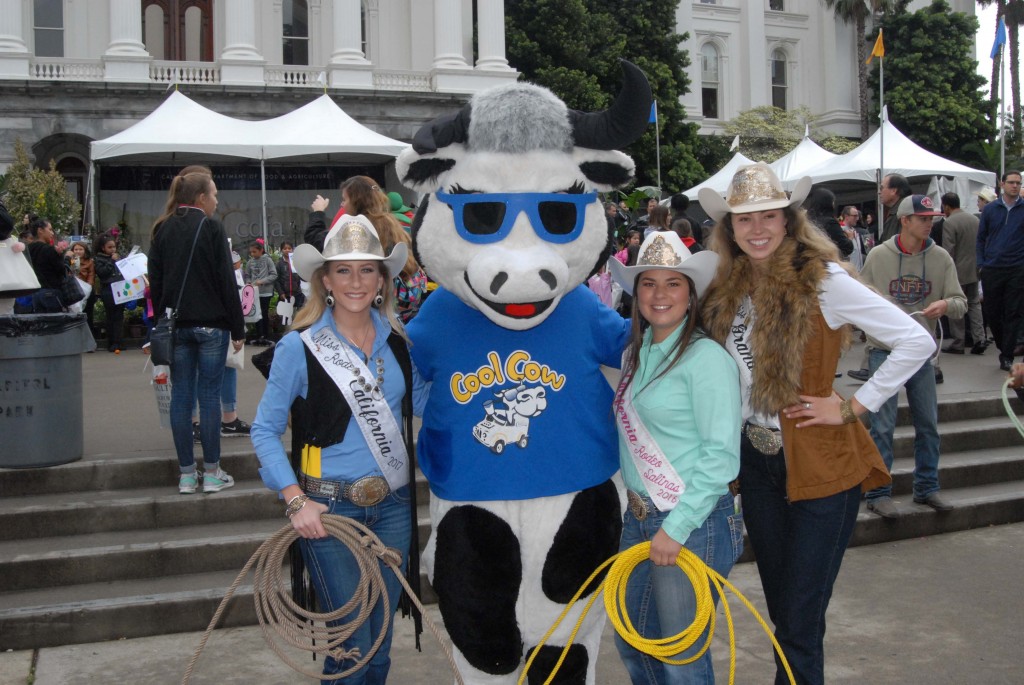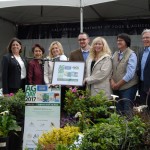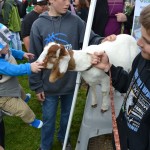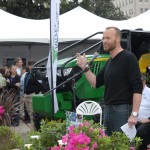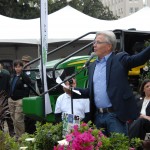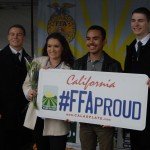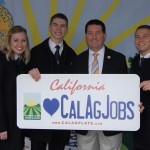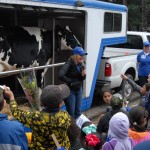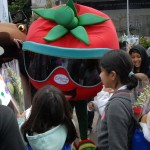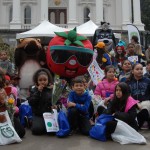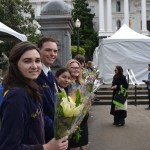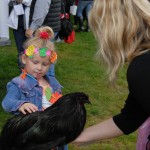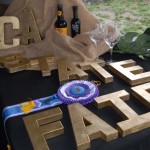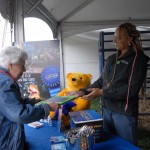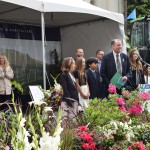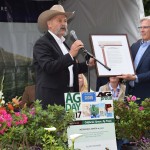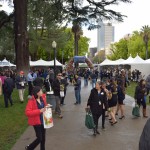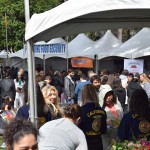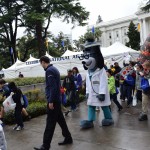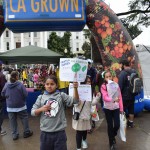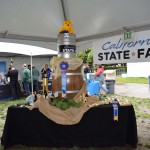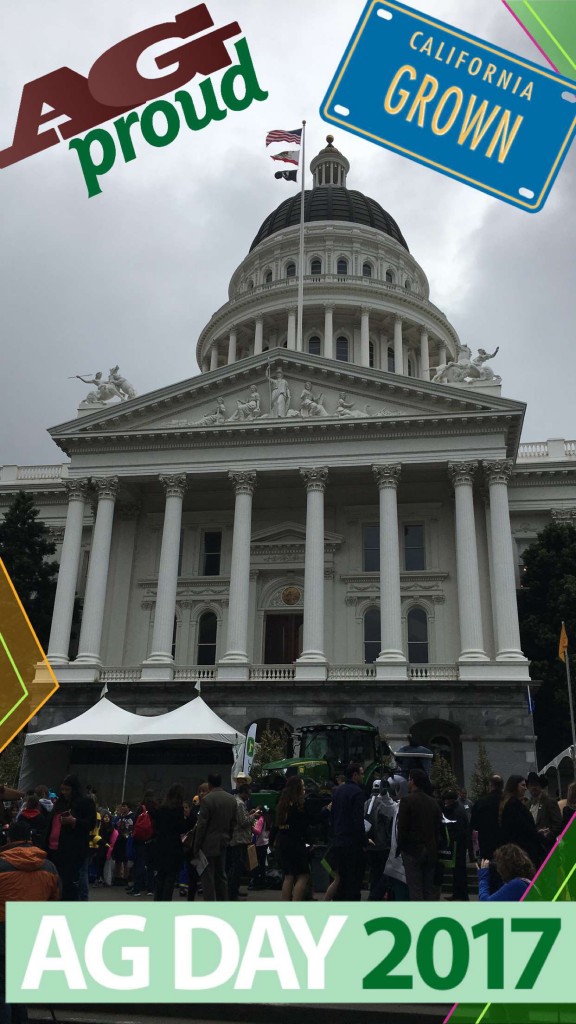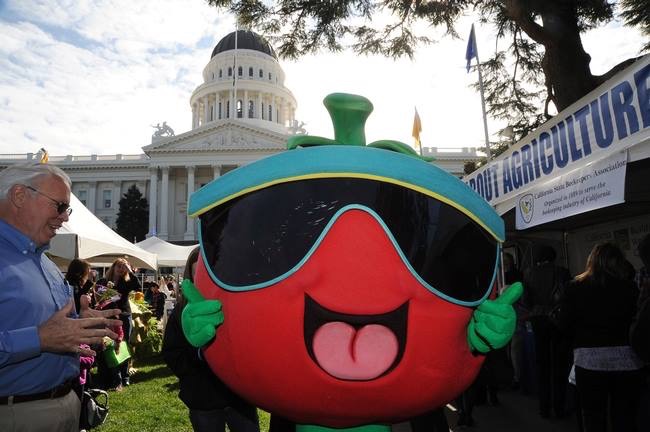Our visit to Australia was another step in furthering California’s commitment on climate smart agriculture. The trip not only allowed us the opportunity to meet with government officials and academia, but also to see on-farm adaptations related to water management in citrus, nut and grape production.
Australia is a perfect climate analog for California. The landscape, temperature and farming operations of New South Wales are very similar to California and have related challenges. The efficient use of water in agriculture is an ongoing theme. When visiting Ferrero’s Rocher’s hazelnut operation for instance, we saw that the company has employed a number of different irrigation pumps, micro-irrigation systems, and plantings to help determine the best path forward for soil and climate conditions. Farming has always been about innovation and climate smart agriculture is part of that continuing legacy.
By going to Australia we encouraged cooperation between our delegation members and the people and organizations we visited. Fostering connections between farmers and farm associations is critical to expanding innovation and experiences as it relates to climate smart agriculture. CDFA will be working to further these ties through upcoming visits by Australian delegations and webinars connecting Australian and California farmers.
I would like to thank the great delegation we had with us in Australia and look forward to further collaboration on climate smart agriculture.
Delegation participants (left to right): Amrith Gunasekara, CDFA Science Advisor; Paul Wenger, California Farm Bureau Federation; Carlos Suarez, USDA Natural Resources Conservation Service; Jan Hopmans, University of California, Davis; Dave Long, Hilltop Ranch/Merced Irrigation District; Emily Rooney, Agricultural Council of California; Eric Holst, Environmental Defense Fund/California State Board of Food and Agriculture; CDFA Secretary Karen Ross; Don Cameron, Terranova Ranch/CDFA Environmental Farming Act Science Advisory Panel; Brooks Ohlson, Sacramento Regional Center for International Trade Development; Josh Eddy, CDFA; and Mike Darby, In-country Representative.



